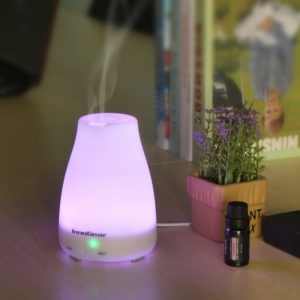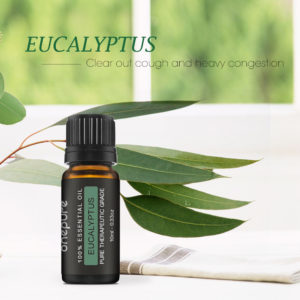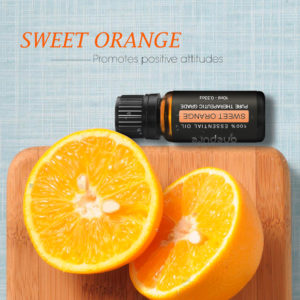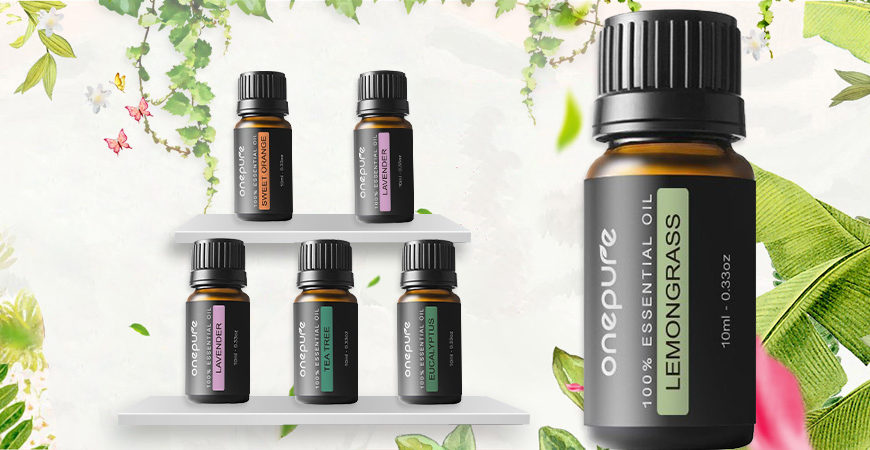How Do I Choose and Use Essential Oils?
The essential oil that you choose will depend on the purpose—do you want it to help elevate your mood or do you need something to treat a burn? There is no “laundry list” that specifies which essential oil is used to treat which health condition. Instead, you need to be proactive about doing research and talking with qualified individuals.
A good place to start is to get a book about therapeutic aromatherapy. There are many good books available and you will be able to find one that matches your needs.
Click to Download Ebooks:
Aromatherapy_ 15 Free Bonus Books! 65+ Ready-Made Aromatherapy Recipes To Relieve Stress
Essential Oils_ Essential Oils Allergy Cure_ The Definitive Guide On Using Essential Oils
Aromatherapy_ Essential Oil Recipes Guide Book For Beginners
ESSENTIAL OILS FOR DEPRESSION_ The Ultimate Beginners Guide To Beating Depression, Anxiety & Stress
Essential Oils: A Complete A-Z Guide To Essential Oils For Beginners
Be sure to pay attention to cautions for each oil and application method. It is important to dilute the oils properly, consider your individual reactions, and watch closely for adverse effects.

What oil should I use?

Lavender: It is the essence of pure calmness and relaxation. This versatile oil gives off a light scent, which uplifts the spirit while transitioning moods to the ultimate state of calmness.
Tea Tree: Its powerful antiseptic properties wipe out harmful bacteria to heal wounds quickly and prevent future infection. Dehydrated skin and leaves you feeling completely refreshed.
Lemongrass: A great herb for inducing relaxation and balance for the mind. Externally, it helps relieves muscle pain and aches, as well as kill harmful bacteria.

Eucalyptus: Known for itsawesome ability to improve respiratory issues (such as that pesky common cold), it can clear out that cough and heavy congestion we all have suffered from.
Peppermint: It is great for many health restorative properties. It is used as a medicinal and calming aroma to treat a wide variety of bodily organs. It can be helpful in calming gastrointestinal issues, reducing muscle pain, and relieving anxiety. A kick of peppermint in an aromatherapy session or diffuser will liven up the mind, body, and soul.

Sweet Orange: The rich component d-limonene aids in maintaining normal cellular regeneration and gives off a natural, calming effect. A sweet cocktail for the senses, this aroma promotes positive attitudes and induces relaxation for a calm spirit.
How do I use Onepure essential oils?
For external use only. Aromatherapy, Custom Massage and Body Oils, Vaporizers, Diffusers, Oil Burners, Inhalation, Perfume, Blends, Spa and Home Care, Cleaning Products.
Essential oils can be inhaled using a variety of techniques and devices.
InnoGear Diffuser: Essential oils are placed in this device, with water (be sure to read the directions) so they evaporate. Some InnoGear diffusers have a timer for convenience. Essential oils should never be directly burned as the chemical structure is dramatically changed with incineration.
Click Here to Place Your Order

Dry Evaporation: Several drops of essential oil are placed on a cotton ball or tissue and allowed to evaporate into the air. If you want an intense dose, sniff the cotton ball. If a milder, more constant exposure is desired, simply keep the cotton ball in your immediate vicinity (for example, leave it sitting on your desk next to your computer).
Steam: Drops of essential oil are added to a bowl of steaming water, which quickly vaporizes the oil. Place a towel over your head and over the bowl of water with essential oil drop(s) and breathe deeply. This method is very direct and potent—the use of more than 1-2 drops may be overwhelming. It is important keep the eyes closed when using this method. The use of eucalyptus essential oil in this way can feel helpful with upper respiratory and sinus infections Note: This is not recommended for children younger than 7 years old. Children older than 7 who use this method of aromatherapy can use swimming goggles to protect their eyes.
Spray: Drops of essential oils are placed in a water-based solution, shaken, and sprayed into the air in order to deodorize a room or set a mood. An example might be spraying an aqueous solution of pine or citrus oils to enhance holiday feelings or a solution of peppermint oil to stimulate alertness. It is important to shake the bottle before spraying in order to spray the solution and not just water.
Compress: The essential oil is diluted in a liquid carrier (water or oil) and applied to a dressing or directly to the affected area.
Bath: Drops of essential oils are added to bath water in a dispersant immediately before stepping in. This method results in absorption through the skin, as well as inhalation of the volatilized essential oil. A few tablespoons of full cream milk can be used as a dispersant.
Remember, essential oils are not water soluble; thus they will float on top of the bath and skin passing through the oil will be exposed to full strength essential oil. Bath salts can also be used to disperse essential oils. A relaxing bath base can be made by mixing one part baking soda, two parts Epsom salts, and three parts sea salt. Add six drops of true lavender essential oil to about two tablespoons of this mixture and mix it into bath water just before entering.
Massage: Drops of essential oil are added to a natural carrier oil and applied to skin areas with gentle rubbing. As noted earlier, massage blends should not exceed 1% concentration of essential oils (one drop in a teaspoon) for adults. For children, concentration should not exceed 0.25% for infants, 0.5% for toddlers age 6 months to 2 years, and 1% for children 2 years and older. The choice of essential oils for massage depends on the desired effect.

